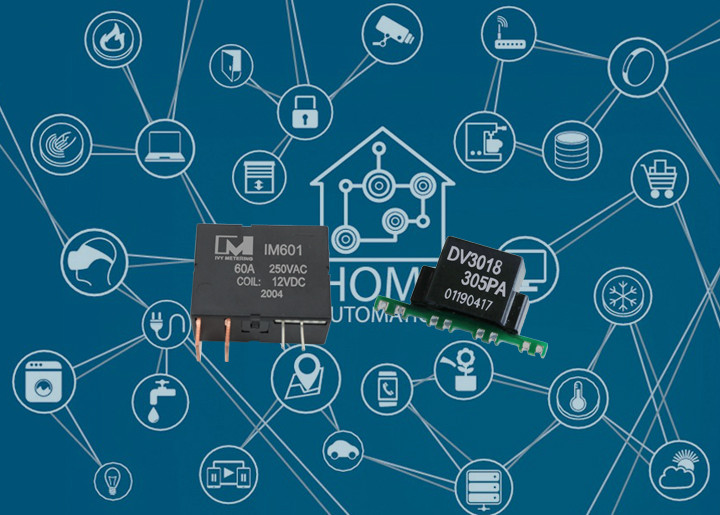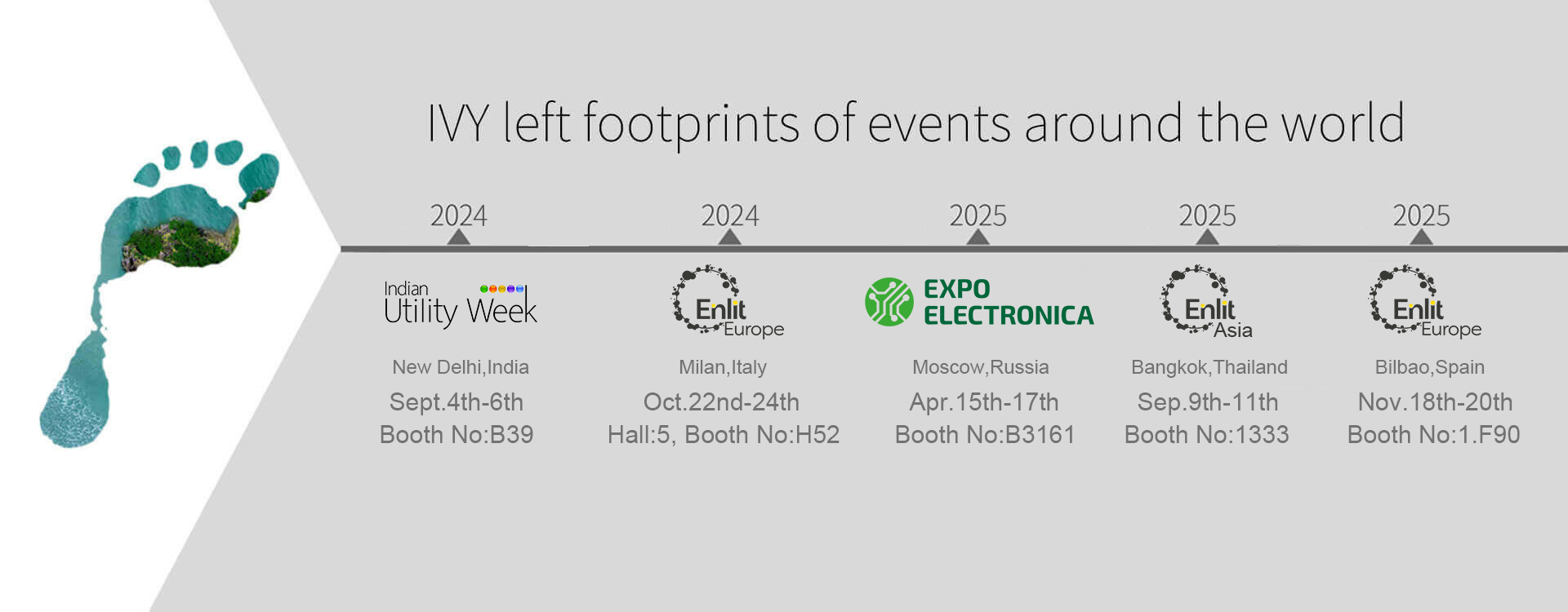Smart Home and Smart Components
Smart home is already a familiar topic. The official explanation is that smart home is the embodiment of the Internet of Things under the influence of the Internet. Smart home connects various devices in the home (such as audio and video equipment, lighting system, curtain control, air conditioning control, security system, digital cinema system, audio and video server, video cabinet system, network home appliances, etc.) through the Internet of Things technology to provide Home appliance control, lighting control, telephone remote control, indoor and outdoor remote control, anti-theft alarm, environmental monitoring, HVAC control, infrared forwarding and programmable timing control and other functions and methods.
The smart home I understand is a mobile phone that controls all household equipment, such as gateways, sockets, lights, door locks, air conditioners, projectors, security equipment, electricity meters, stereos, TVs and so on. What we are going to talk about today is how the smart home realizes remote on and off, and what role does the communication module and relay play in the middle?

First of all, the “remote” 6 letters are no ordinary. The traditional way of turning off the light and closing the door with your own hands must be turned into APP control, which must collect data and information. To collect information means that the mobile phone and the door lock must use the same language to communicate. That is, communication and communication protocol. At present, our common communication is WiFi. For example, if the WiFi gateway is power off, the door lock may no longer be connected. There are also infrared, such as mobile phones, which need to use a beam of infrared to aim at the air conditioner. In short, long-range/close-range information exchange is inseparable from communication.
On-off, that is, switching, open and close, disconnect and connect. Switching is usually realized by relays. Of course, there are many types of relays, such as electromagnetic relays (power relays, latching relays), time relays, overload relays, solid state relays and so on. They are used in different application. Generally, home appliances tend to use high-power relays, while energy-saving devices such as meters/remote devices/charging piles use latching relays. Take the latching relay as an example. If the meter is equipped with WIFI, the mobile phone supports WIFI, and the mobile APP connects to WIFI, then they can have remote functions, such as remote reading and full resetting. If you bring an energy-saving relay and the APP reserves this function, then remote switching is not a problem.
It is wonderful to put together remote and on-off:
The electricity meters are no longer purely metering, and they have begun to be more user-friendly. When your users continue to overdraft electricity bills, when your line encounters electricity theft, and when apartment tenants start to delay on rent, these small functions hidden in a small electric meter, it can protect the interests of you and others at the critical moment, so that you will not be infringed by others.
Our lights have also become time-saving and labor-saving. You no longer need to turn off the lights by yourself. You only need to open the APP, tap it, and save electricity easily. Not to mention the street lights. Workers don’t need a single control or even one-key to adjust bright and dark, you can also find problems with alarming on your APP.
In the intelligent age, we still have many devices that we hope to become “remotely control”, which can help humans move towards a more advanced future. If you need communication, you might as well learn about IVY's communication module series such as G3-PLC communication module, Lorawan communication module, RS485 communication Modules, some of them with isolation function can better serve the safe use of electricity. If you need on-off control, IVY has electromagnetic relays with ultra-wide current loads ranging from 32A to 200A for your choice.
 Previous: Car Charging Pile Knowledge
Previous: Car Charging Pile Knowledge
 Next: Green Energy
Next: Green Energy










